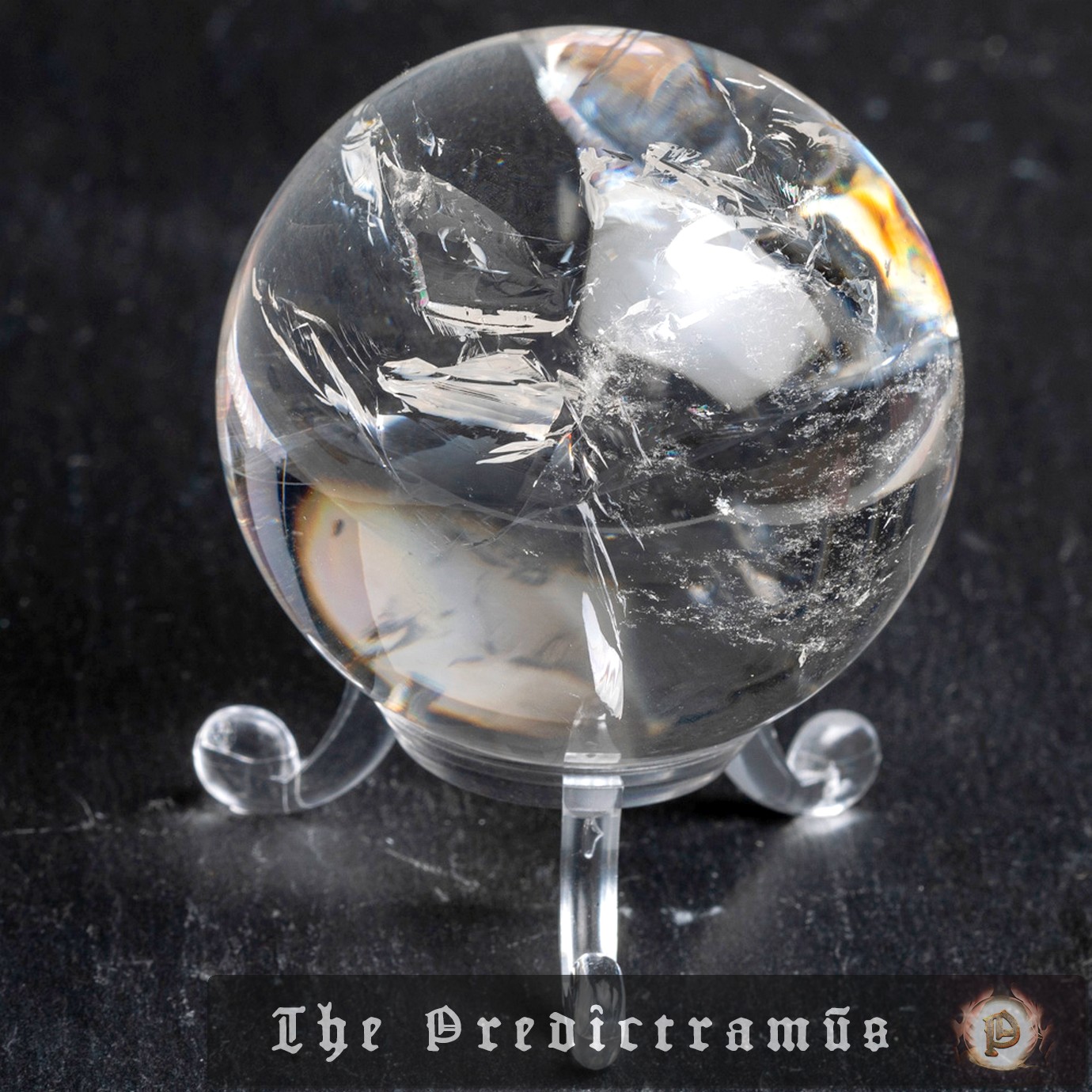In a surprising twist, a recent study using data from the European Space Agency’s Gaia mission has found that the collision between the Milky Way and Andromeda galaxies is no longer a certainty. The Large Magellanic Cloud’s gravitational pull may be strong enough to divert the Milky Way out of Andromeda’s path, making a collision…
Science on The Soothsayer / page 12
A Japanese lunar lander called Resilience failed to softly touch down on the moon’s surface on June 5, marking the second failure for Tokyo-based company ispace. The lander was unable to decelerate properly, and the company has lost communication with it. This setback may impact the company’s plans for full-scale commercialization of lunar resources, starting…
A team of researchers from the University of Michigan has developed a laboratory-scale three-dimensional X-ray diffraction microscope that can produce high-energy X-rays, making it possible for researchers to study materials without relying on synchrotron facilities. This breakthrough has the potential to make 3DXRD more accessible to a wider community of researchers, enabling them to conduct…
Researchers have discovered that personal care products, such as lotion and perfume, can disrupt the chemical reactions that occur between ozone and skin oils, creating a cloud of chemicals called hydroxyl radicals. These molecules react with many other compounds in the air, including pollutants and organic materials. The study suggests that the effects of these…
Researchers in the Netherlands have made a significant breakthrough in quantum computing by successfully creating Majorana bound states in quantum dots. This achievement brings topologically protected quantum bits (qubits) one step closer to reality. The team’s innovative approach involves using a system of three electrostatically-gated, spin-polarized quantum dots in a 2D electron gas joined by…
The Trump administration has terminated $1 billion in funding for student mental health grants, leaving many schools and agencies without critical services for children. The funding cuts will likely have a significant impact on the mental health of children, particularly those with diagnosed conditions such as oppositional defiance disorder and autism spectrum disorder. The loss…
Researchers in China have successfully adapted the interlocking structure of mortise-and-tenon joints to design more uniform nanoscale devices called memristors. This breakthrough could pave the way for high-accuracy, energy-efficient scientific computing platforms. The new devices have exceptional fundamental properties, including high endurance, long-term memory retention, and fast switching speed. They have the potential to revolutionize…
A groundbreaking gene therapy has been successfully administered to a baby in Philadelphia, marking a significant milestone in the treatment of genetic diseases. The therapy, based on the CRISPR gene-editing system, was designed to correct a mutation in the baby’s CPS1 gene, which causes a rare disorder that prevents the liver from converting ammonia to…
Researchers at the University of Science and Technology of China have developed a new contact lens that enables humans to see near-infrared light without bulky equipment. The lens incorporates metallic nanoparticles that “upconvert” normally-invisible wavelengths into visible ones, with potential applications for rescue workers and others who benefit from enhanced vision in poor visibility conditions….
A recent study published in Nature Astronomy suggests that the odds of a collision between the Milky Way and the Andromeda Galaxy within 10 billion years are only about 50 percent. The researchers found that the Milky Way’s largest satellite system, the Large Magellanic Cloud, may be the key to preventing the collision, introducing some…










